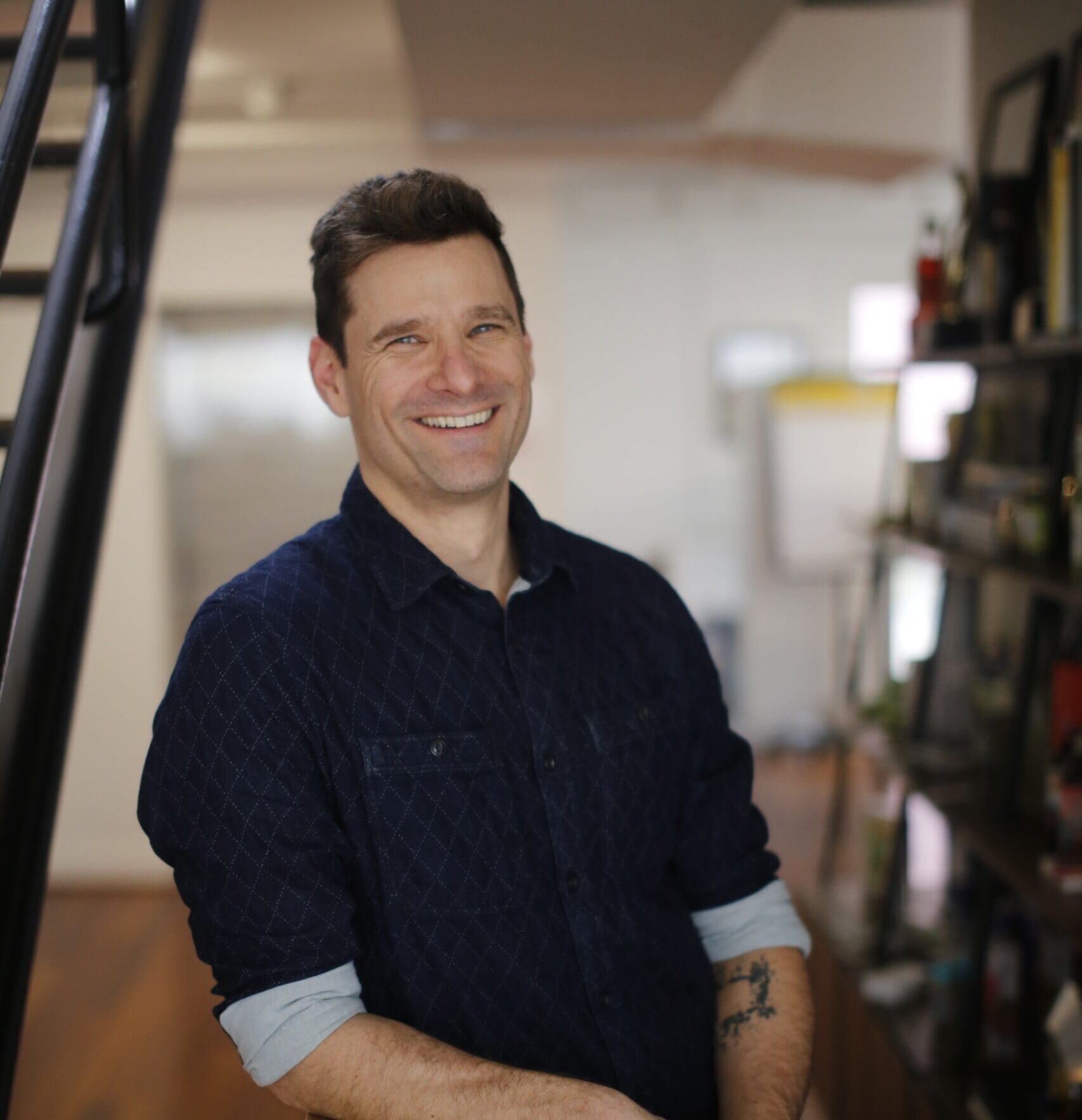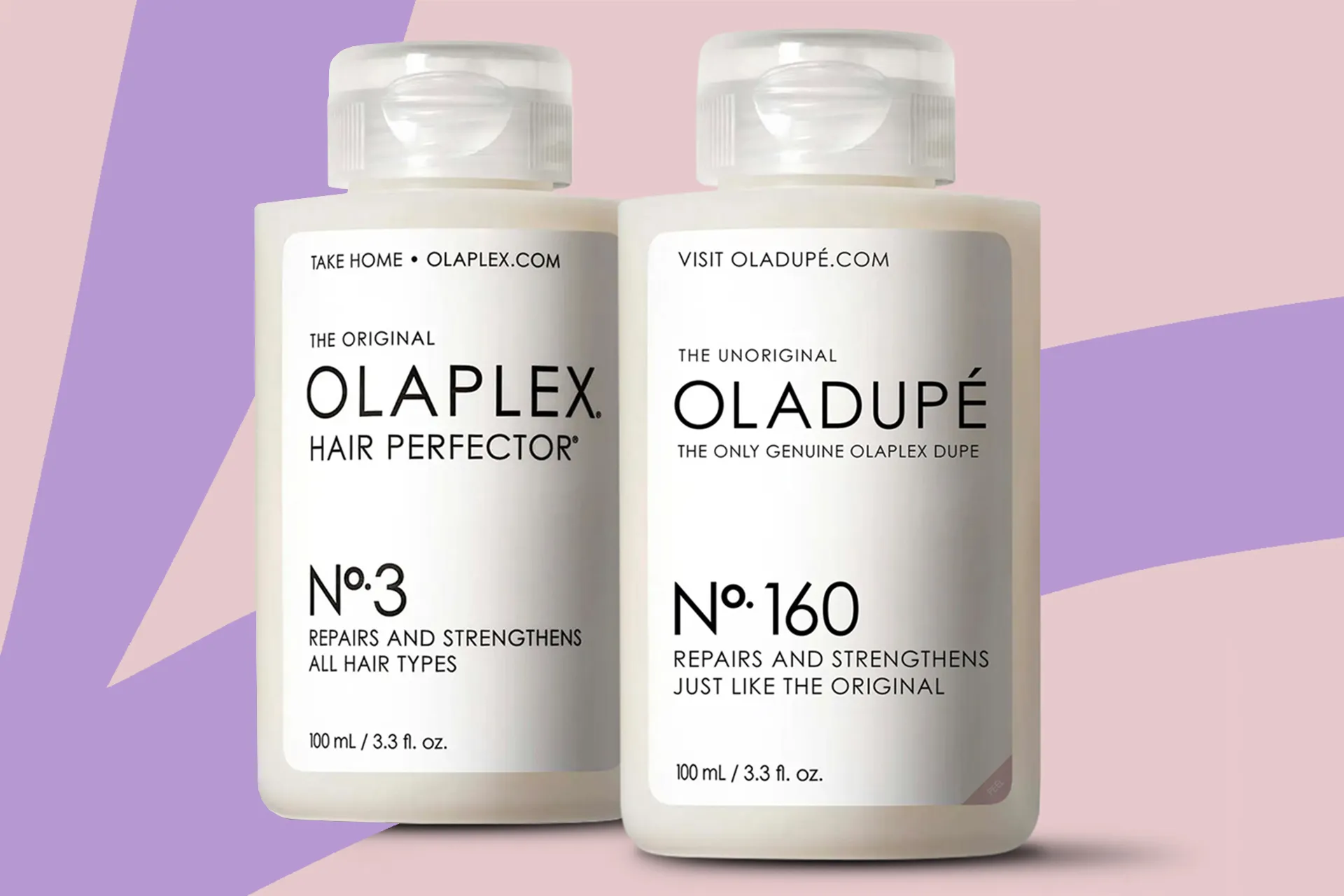This article originally appeared on AdWeek.
Everything that fell under corporate social responsibility was every company’s darling following the murder of George Floyd and the onset of the pandemic in 2020.
But fast forward to now, and brands are increasingly defending, scaling back or even canceling their ESG programs and platforms. Why? For one, too many made unrealistic promises—but it’s also a reflection of the fact that consumers have (finally) realized their influencing power beyond the cash register, and they’re eager to wield it.
Reality check
It’s been almost a decade since the global warming thresholds of 1.5°C and 2°C were thrust into the public consciousness because of COP21 in 2015. Almost simultaneously, the Science-Based Targets Initiative provided a robust mechanism for companies to assess their greenhouse gas emissions and set reduction targets. Many organizations joined the movement and also started committing to environmental impact reductions elsewhere in their value chain to make greater inroads at giving back to society.
What followed was an ESG target-setting frenzy. Sustainability professionals were delighted by so much senior leadership buy-in and subsequent work. And the results since 2015 may not have been achieved if it hadn’t been for Corporate America jumping on the ESG bandwagon. Think back to Allbird’s M0.0NSHOT sneaker, when Patagonia made Earth its only shareholder and Impossible Food’s plant-based burger arrived at supermarket meat aisles across the country.
As brands start approaching the first deadlines of their self-prescribed targets, their ambitions are beginning to unravel in the face of reality. In the case of the publicity-friendly topic of single-use plastics pollution, the limitations of recycling—both in terms of chemistry and U.S. infrastructure—have forced more than a few big names to change their goals or push back deadlines. Unilever, Grove Co., PepsiCo, Colgate and even the U.S. Plastics Pact have revised their roadmaps with most targets delayed from 2025 to 2030.
What does it mean? For one, they couldn’t meet their promises.
Funambulist capitalism
Citizens, emboldened by more recent developments in social media moderation, technology and the quality of political discourse, are more capable and willing to take the fight to Corporate America. Some influence the masses on platforms like X, while others leverage the judicial system. In some cases, consumers have to do next to nothing at all to make brands tread on eggshells.
Brands have developed ESG and purpose platforms to distinguish themselves from the competition and attract more consumer dollars. So it’s only natural that they want to shout about their accomplishments from the rooftops in the hope these efforts result in higher revenues. After all, ESG is a bit of a gamble and calculating its ROI is challenging. However, now that consumers can be publicly vocal about anything and everything they disagree with an ESG value proposition can quickly become a risk factor—and few companies are willing to open themselves up to yet another risk, considering economic hurdles of late.
This means that the ESG movement is walking a veritable tightrope because the past decade has also shown that a sustainable, responsible business is also more resilient and healthier—good things in every sense of the word. We’re finally entering an era where sustainability shifts from being an explicit differentiator to an implicit reality. And even though brands might dial back talking about all the good things they’re doing in the world, it’s very unlikely they’ll stop doing them. Because fundamentally, a responsible company is also a more successful company, even if the public isn’t told about it.
In this emerging landscape, ESG will fly under the radar as brands evaluate whether publicizing all of their ESG initiatives and achievements is relevant and necessary for the brand, its products and its target audience. Increasingly, we will see sustainability communications become much more in tune with what matters because that’s how ESG can remain a distinctive feature—a unique selling point.
Makeup brand Glossier is hitting the mark thanks to its focus on diversity and accessibility in the arts because makeup is a form of art and expression, as opposed to promising corporate carbon emission reductions or something else further removed from the brand’s core proposition.
Show but don’t tell
For all other ESG efforts that aren’t closely aligned with brand relevance and consumer resonance: Keep up the good work, but also keep it to yourself. The truth is, in this day and age, a lot of popular ESG efforts, including DEI initiatives and carbon reduction programs, don’t deserve applause anymore—they’re table stakes. And table stakes don’t need to be shouted or celebrated.
The key question is what a brand can leverage credibly.
Rather than covering every aspect of sustainability, brands need to become much more discerning about bringing their mission to life in a meaningful, honest, accountable, timely and timeless way to build trust and excite consumers.
Think of it like a tree: Most of the work happens below the surface, in a root system that can be several times the size of its canopy. And while most tree bark looks pretty shriveled, there’s a ton of water running through the tree.
To paraphrase the much more eloquent Antoine de Saint-Exupery, the secret to winning the ESG culture war is very simple: It is only with constructive interrogation that the consumer can understand a brand’s true impact; how ESG propels the business forward is invisible to the general public.






